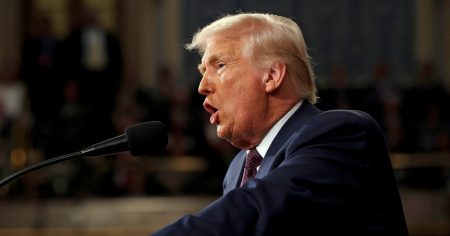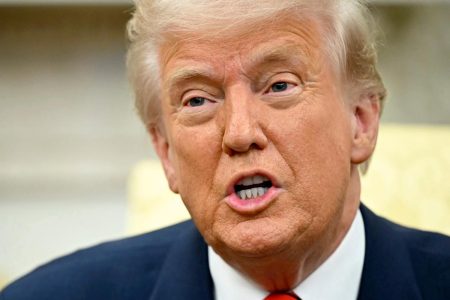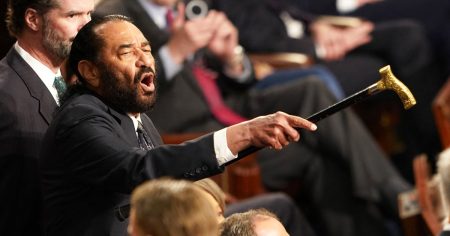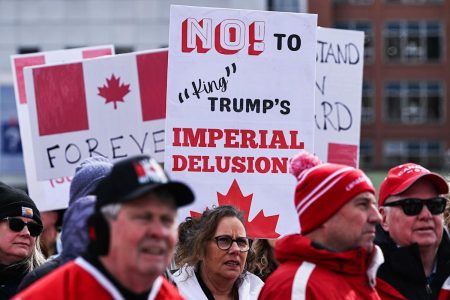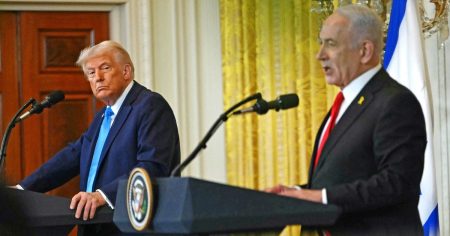Trump’s Call to Stop Minting Pennies: A Move Towards Fiscal Prudence?
A Presidential Decree with a PennyPinching Aim
In a recent declaration, President Donald Trump has directed the Treasury Department to halt the production of new pennies, citing the escalating cost of manufacturing the one-cent coin. This move, announced on his Truth Social platform, underscores his administration’s thrust towards swift and sweeping changes across various sectors through executive actions.
The Cost Conundrum: When Cents Don’t Make Sense
The financial burden of producing pennies is significant, with each penny costing approximately $0.037, up from $0.031 the previous year. This disparity has led to a notable loss for the U.S. Mint, amounting to $85.3 million in the 2024 fiscal year. The nickel, too, adds to this loss, with each coin costing nearly $0.14 to produce. Such figures highlight the economic inefficiency of continuing penny production.
Constitutional Considerations: Can the President Act Alone?
The authority to alter currency specifications rests with Congress, raising questions about Trump’s ability to unilaterally cease penny production. However, Robert K. Triest, an economics professor, suggests that the Treasury Secretary might have the leeway to stop minting without legislative approval, offering a potential pathway for Trump’s directive.
A Historical Perspective: Pennies in the Past
The concept of discontinuing the penny isn’t new. In 1857, Congress discontinued the half-cent coin, setting a precedent for such actions. This historical context provides insight into the feasibility of Trump’s proposal, suggesting that while it’s possible, it involves navigating complex legislative processes.
Modern Precedents: Learning from Other Nations
Several countries, such as Canada, which stopped minting pennies in 2012, have successfully transitioned away from their lowest denomination coins. This international experience offers valuable lessons for the U.S., suggesting potential benefits like streamlined transactions and cost savings.
Anticipating Opposition: The Debate Ahead
Trump’s move is expected to face opposition, with arguments focusing on the penny’s cultural significance and the impact on pricing strategies. Proponents, however, emphasize efficiency gains and the example set by other nations. As the debate unfolds, the outcome will depend on the interplay between executive intent and legislative process, potentially shaping the future of U.S. currency.



